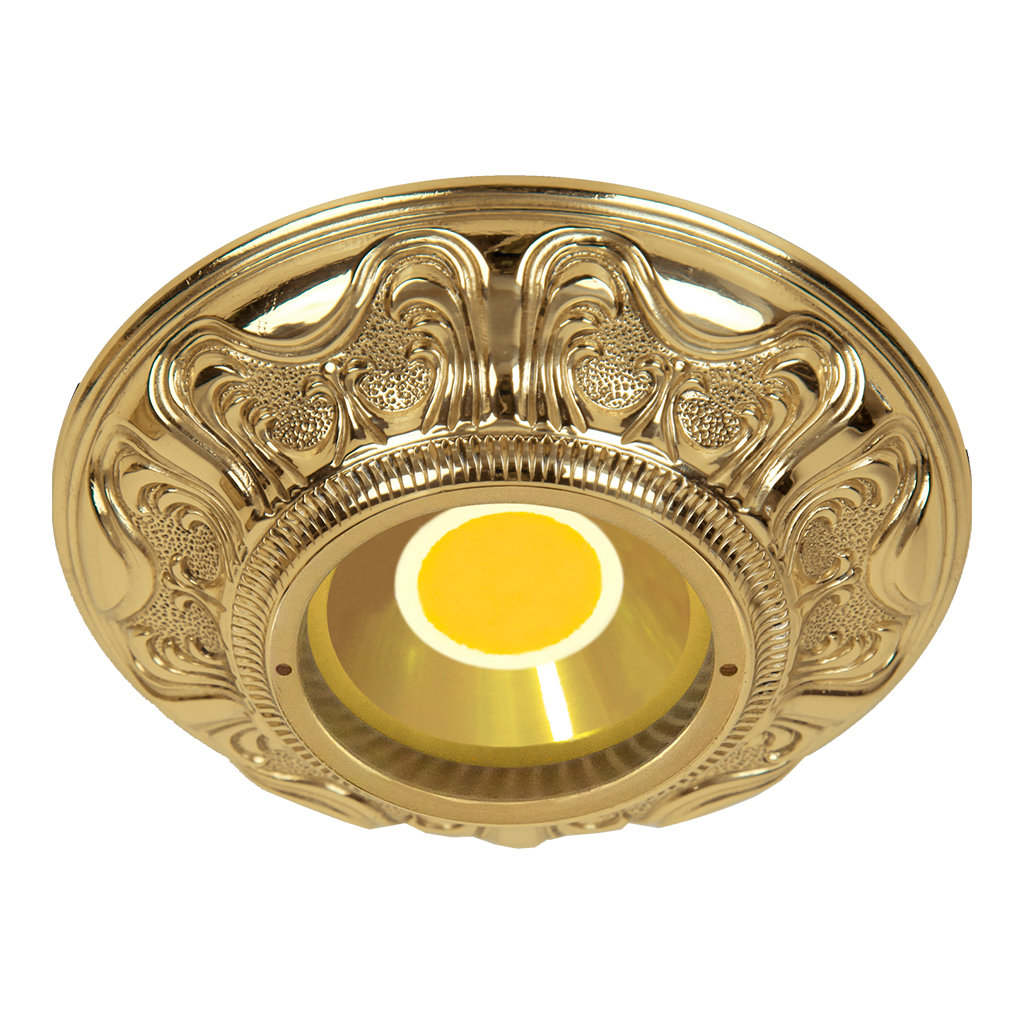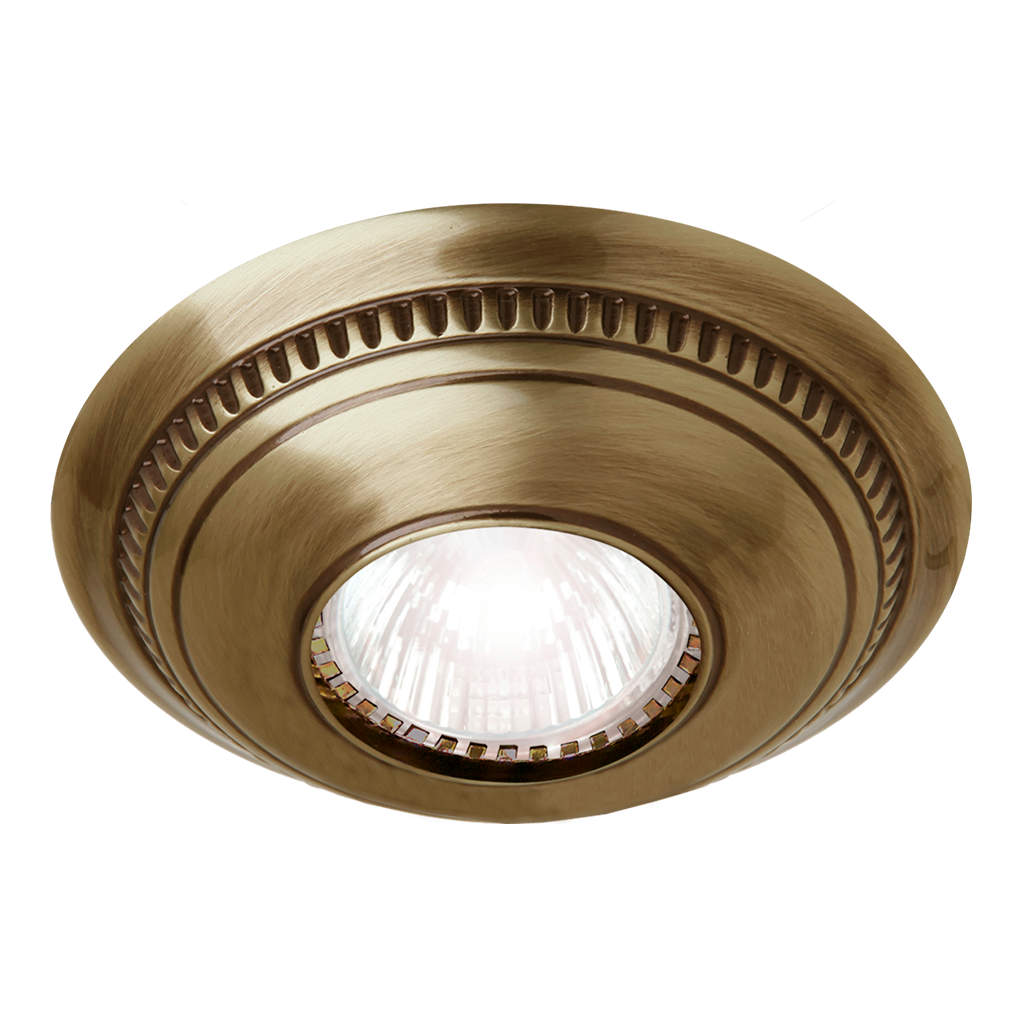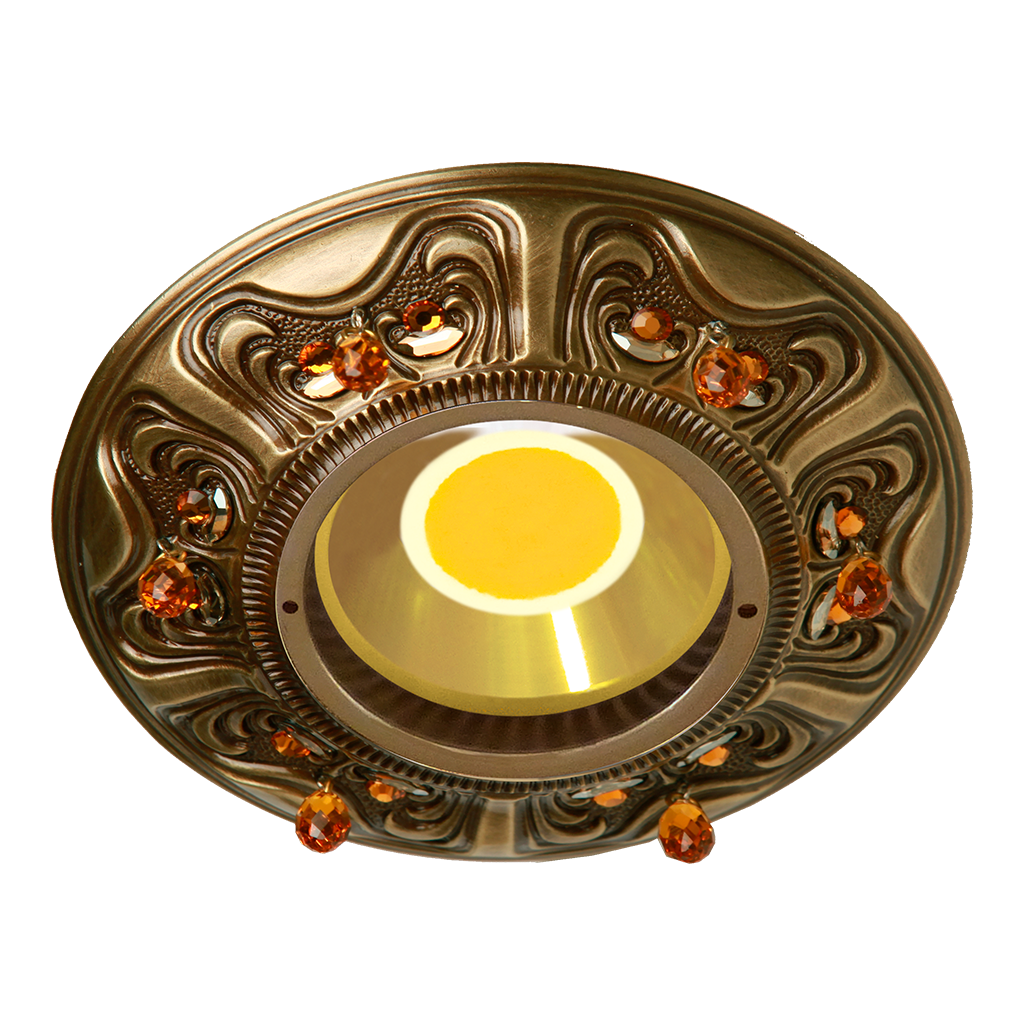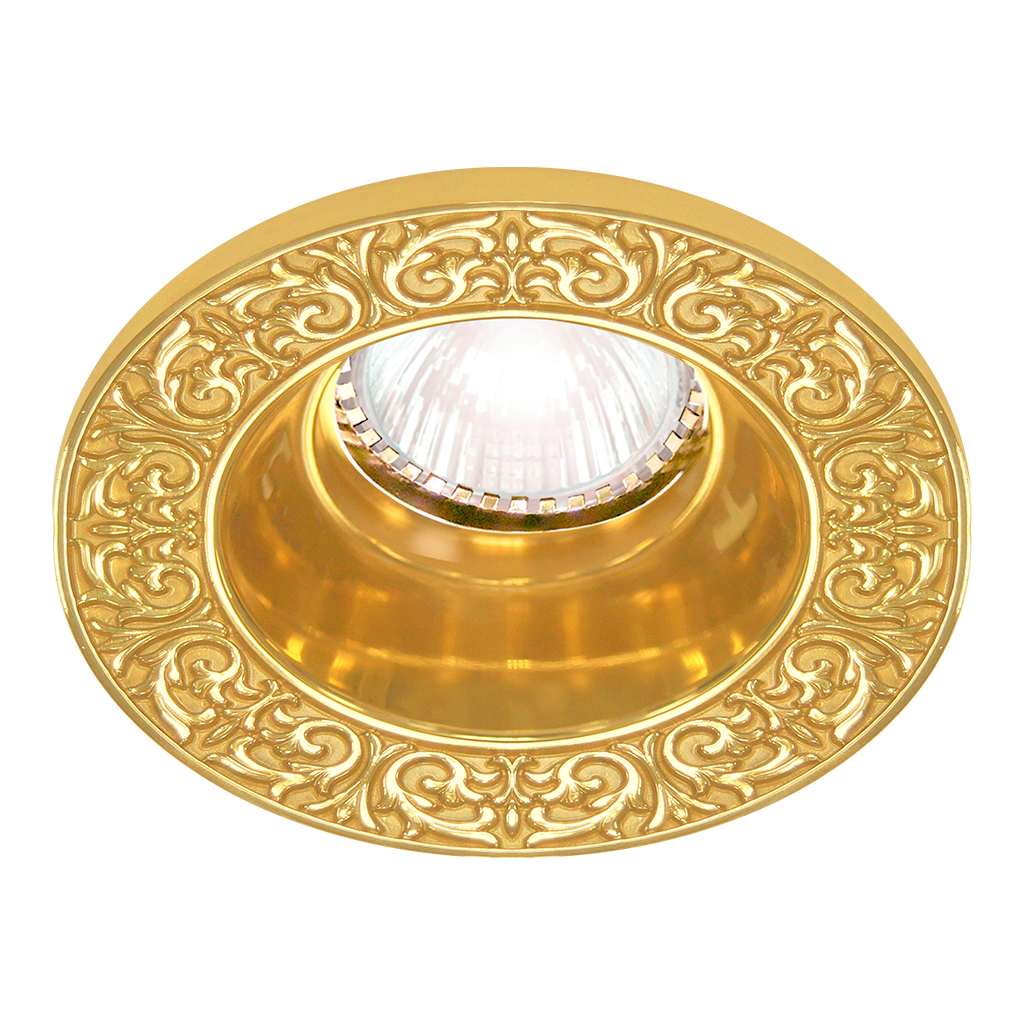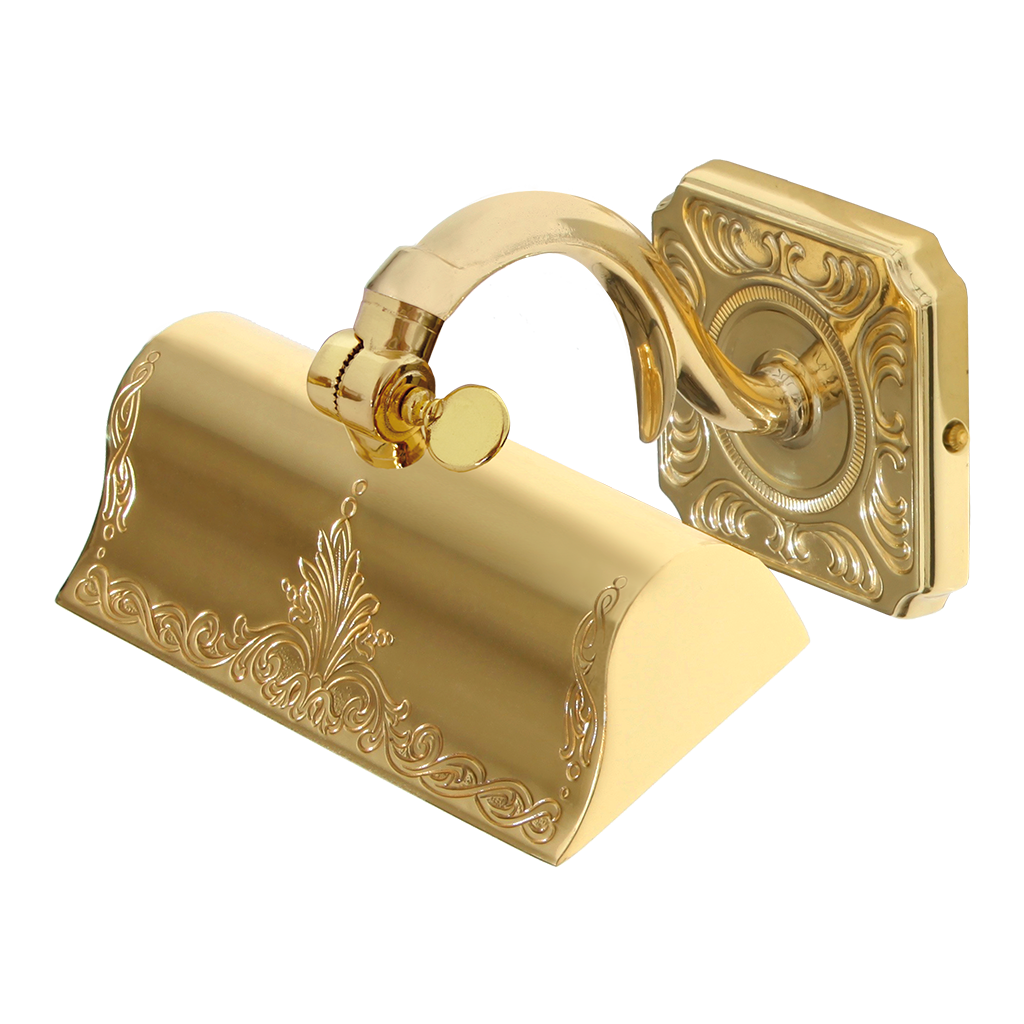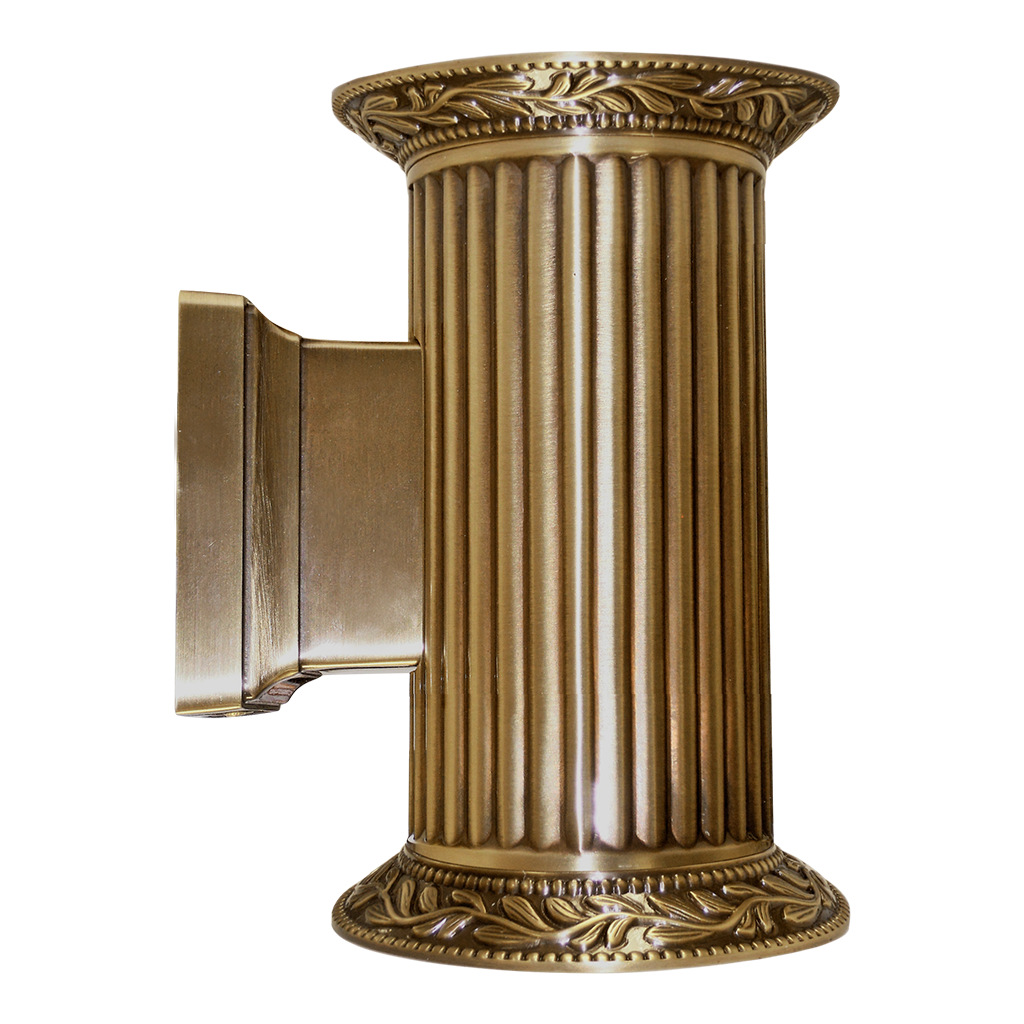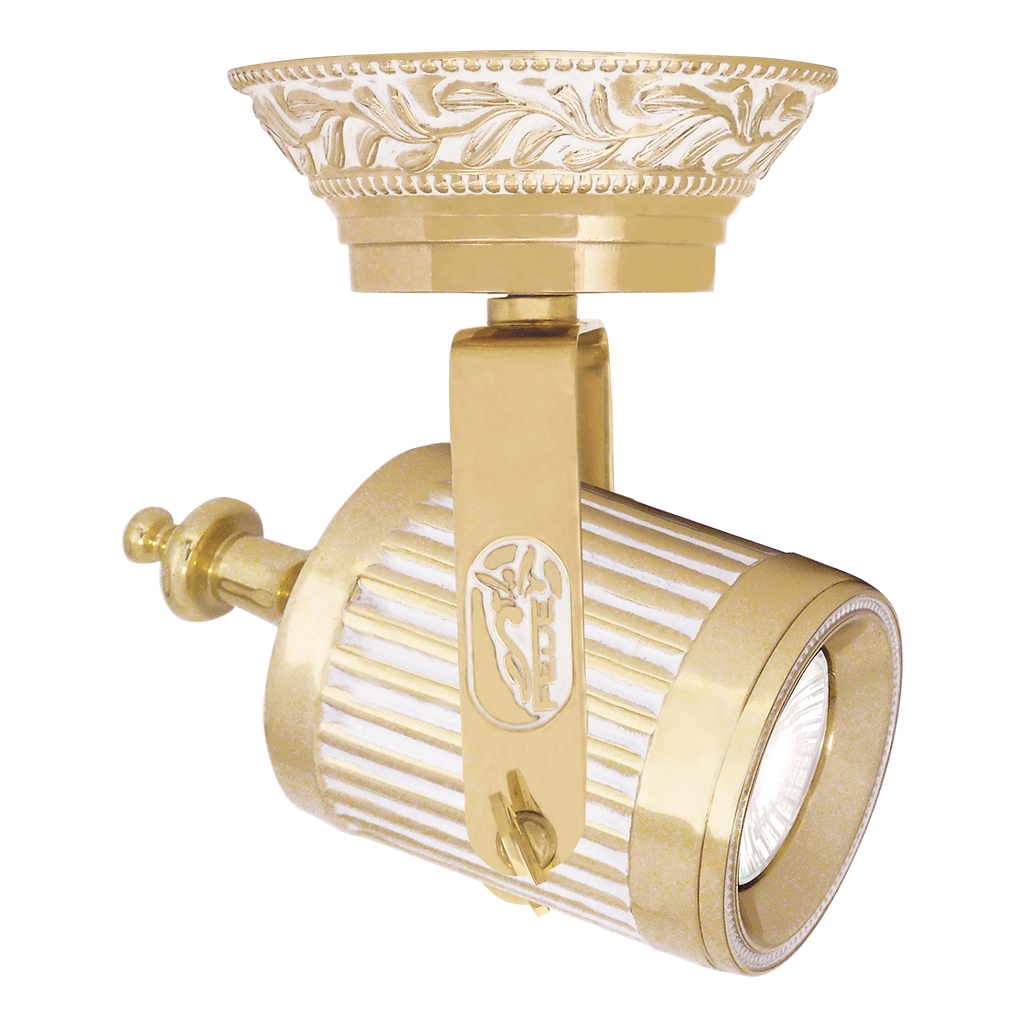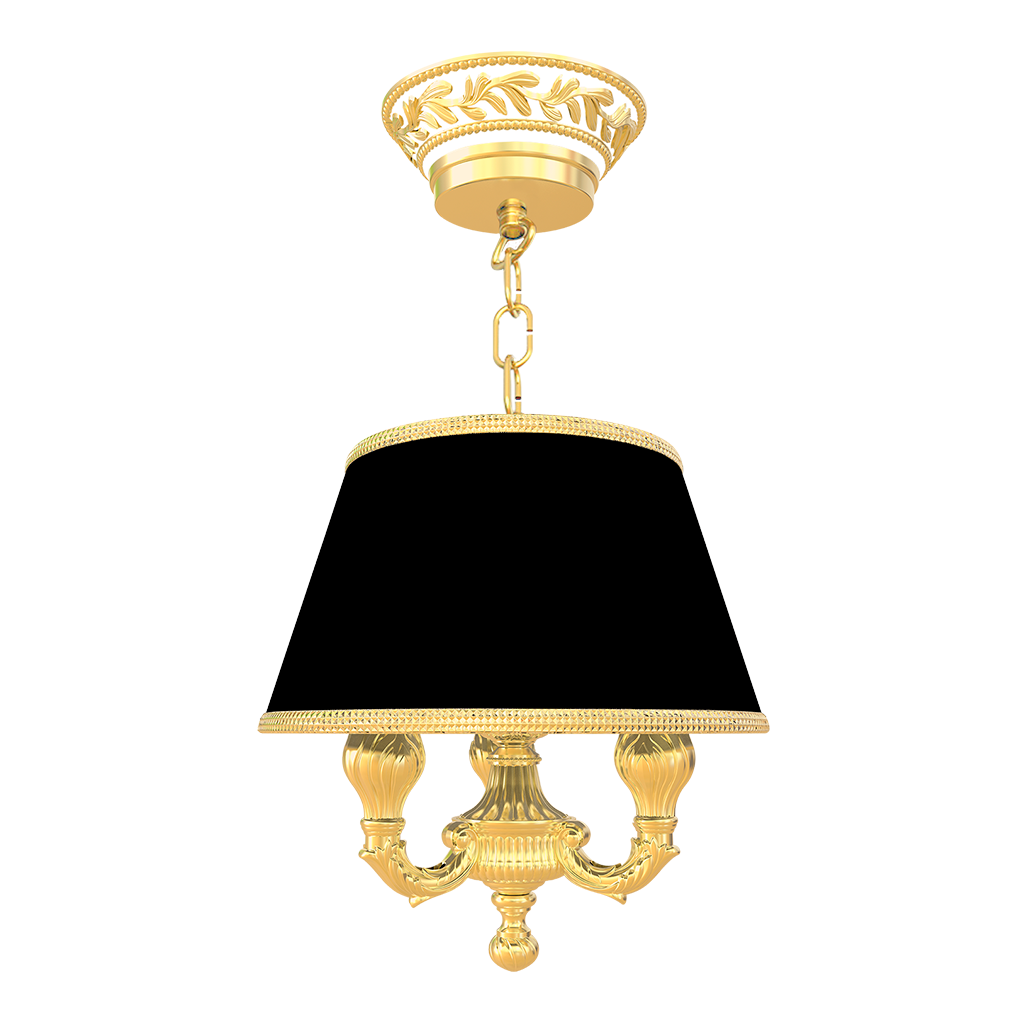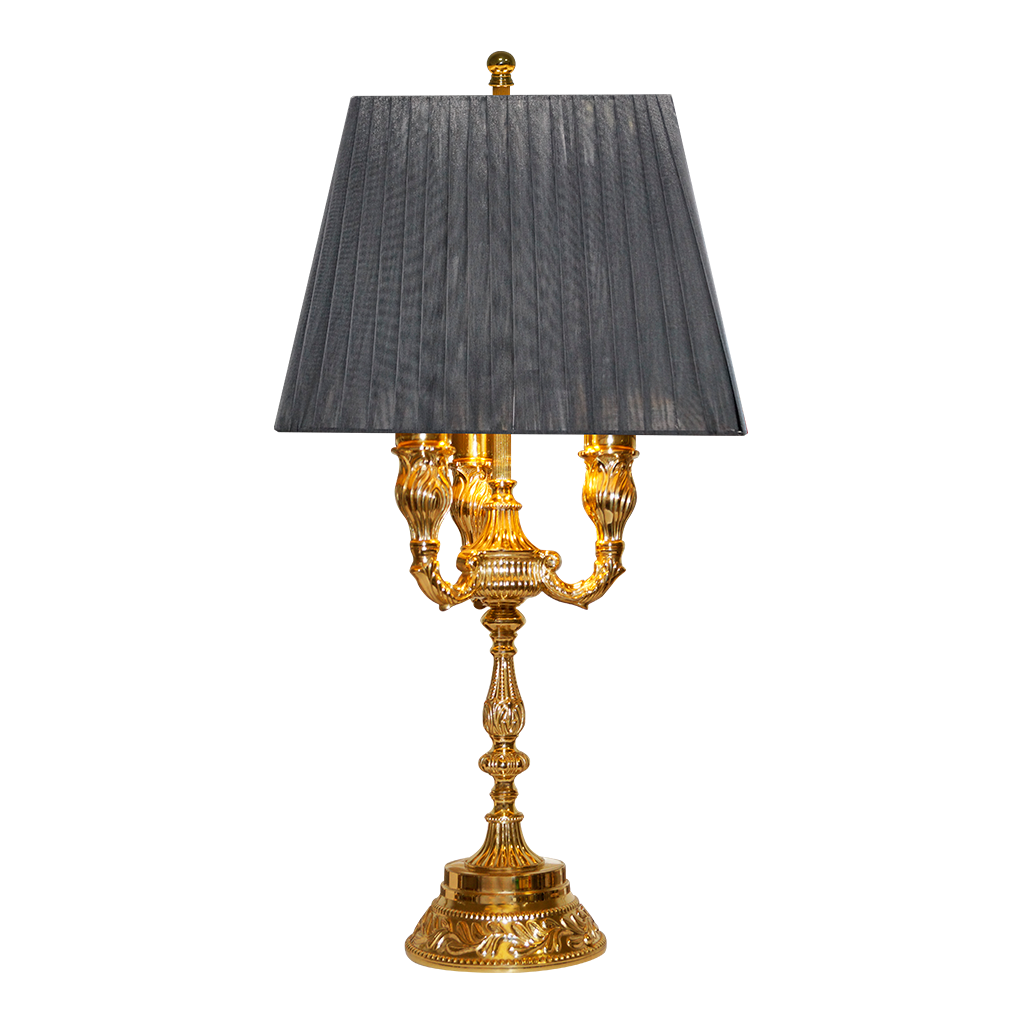Decorative lighting plays a fundamental role in creating cozy and sophisticated atmospheres in our homes. Whether you prefer a classic or modern style, the right choice of lighting can completely transform any interior space. The integration of lighting in interior decoration has a key role, and that’s why it’s important to choose the appropriate style for each environment.
What are the benefits of decorative lighting?
Decorative lighting not only provides functional light but also adds style, warmth, and personality to your spaces. It can enhance the beauty of furniture and decorative objects, create cozy environments, and highlight unique architectural features.
What is the difference between classic and modern lighting?
Classic lighting is inspired by historical styles and uses materials such as crystal, bronze, and fabric to create elegant and ornate lamps, such as chandeliers. Modern lighting is characterized by minimalist designs, clean lines, and the use of materials like metal, glass, and plastic, prioritizing functionality and contemporary aesthetics.
How is lighting integrated into interior decoration?
Lighting can be used in various ways to enhance interior decoration. You can highlight artworks with directional lights, emphasize specific areas with wall sconces, or create a soft and relaxing ambiance with table lamps. Proper integration of lighting is key to achieving visual balance and a pleasant atmosphere.
What is the importance of choosing the right lighting style?
The chosen lighting style can define the character and theme of a space. A classic lamp can add elegance and sophistication, while a modern lamp can bring a cutting-edge and contemporary touch. It is essential to consider the existing style of decoration and the desired ambiance when selecting the appropriate lamps.
What are the most common types of lamps in decorative lighting?
Some popular types of lamps include chandeliers, pendant lamps, floor lamps, table lamps, wall sconces, flush mounts, and recessed lights. Each of them has unique characteristics and can adapt to different styles and lighting needs.
How to choose the appropriate light intensity?
The light intensity depends on the purpose of the space and the atmosphere you want to create. For resting areas such as the bedroom or living room, it is recommended to use softer and warmer lights. For workspaces or activity areas, brighter and cooler lights are more suitable to promote focus and productivity. It’s important to consider the specific needs and activities of each space when selecting the appropriate light intensity. Additionally, dimmer switches or adjustable lighting fixtures can provide flexibility to adapt the intensity according to different situations and preferences.
What is the difference between direct and indirect lighting?
Direct lighting focuses directly on the area that needs to be illuminated, such as a table lamp that projects light onto an object. Indirect lighting is directed towards the ceiling, walls, or any reflective surface to create a soft and diffused light effect.
What are the advantages of using LED lights in decorative lighting?
LED lights are a popular choice due to their energy efficiency, long lifespan, and wide range of available colors. They are also more resistant to shocks and do not emit heat compared to traditional bulbs, making them safe and versatile for use in various decorative applications.
How can I properly illuminate a dining room?
In a dining room, it is advisable to install a pendant lamp above the table to provide focal light and create an elegant atmosphere. Wall sconces can also be added to highlight architectural features, and indirect lighting in the surrounding area to soften the overall illumination.
What is the best way to illuminate a bedroom?
In a bedroom, it is important to combine functional and ambient lighting. Use a ceiling lamp with dimmer switch for general lighting, bedside table lamps on both sides of the bed for nighttime reading, and create a relaxing ambiance with soft and warm lights.
What type of lighting is suitable for a bathroom?
In a bathroom, it is recommended to use a combination of general lighting, mirror lighting, and accent lights. General lighting can be provided by a ceiling lamp or flush mount, while mirror lights help to avoid unwanted shadows around the face. Accent lights can be used to highlight architectural details or decorative elements.


